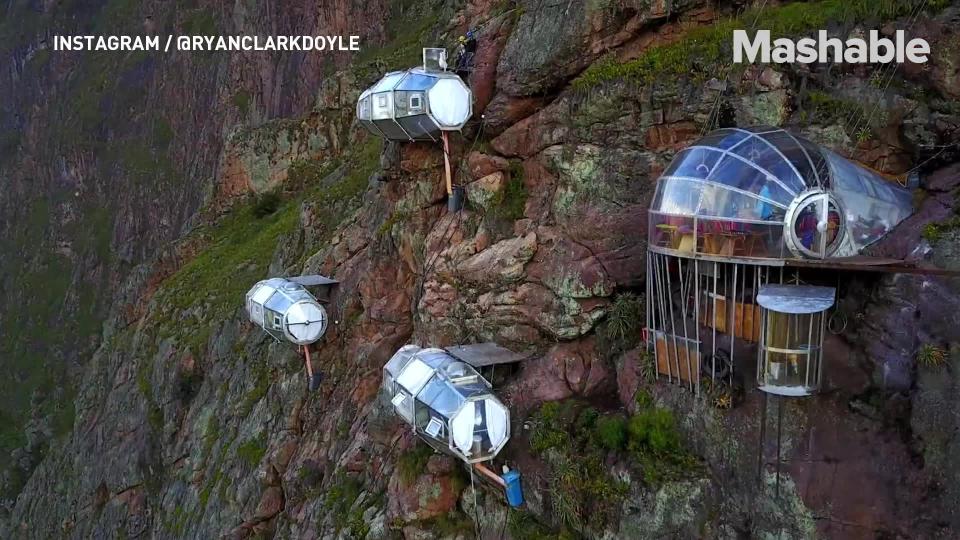Scientists can see through walls with Wi-Fi to create 3D holograms

Wi-Fi is everywhere — and as the electromagnetic waves are beamed out from routers to connect our devices to the internet, they also travel through empty space, around corners, and even through walls.
A pair of German researchers have developed a method to harness Wi-Fi signals to capture 3D hologram images of objects around a network, even through solid barriers like doors and walls. The key is recording the shapes made by stray radiation, the electromagnetic waves that bounce off objects as they travel through the air.
The research behind the 3D-imaging method, which started as an undergraduate thesis project before being fleshed out into a larger study, was originally published in the Physical Review of Letters earlier this month. The technique described in the study was able to provide images as often as 10 times a second and recreate the contents of an entire building in a large-scale simulation.
SEE ALSO: Forget cords. Apple might be planning to charge your future iPhone using Wi-Fi.
Using Wi-Fi for imaging isn't a new concept — but the authors of the paper behind this new breakthrough claim it's the first time the signals have been used to produce 3D hologram recreations of large spaces. The system isn't accurate enough to distinguish many details for now — but if you're only looking to identify individual shapes or figures within the space, it works.
"If there's a cup of coffee on a table, you may see something is there, but you couldn't see the shape," Philipp Holl, a Technical University of Munich physics student who coauthored the study, told Business Insider. "But you could make out the shape of a person, or a dog on a couch. Really any object that's more than four centimeters in size."
The method uses Wi-Fi signals to essentially scan a room, acting as a low-powered radar rig. Transmitting devices, like our phones and other electronic devices, act as lightbulbs for the imaging system, which depends on two antennae: one scanner tasked with mapping out a 2D plane, and another that records the signal.
Once the antennae collect the image data, the three-dimensional views of objects and emitters are fed into a digital reconstruction algorithm, which creates the hologram map of objects within the space. With more antennae scanning, the system could be faster and more accurate, according to Holl.
While it's still in its infancy, this method brings to mind the massive cellphone signal surveillance machine in The Dark Knight — you know, the one Bruce Wayne destroys at the end of the film because it's too much of a creepy invasion of privacy for even Batman to use.
The real-world applications the researchers imagine are much better intentioned, like tracking tools and equipment in a factory space, or search and rescue missions to find people trapped in buildings — but privacy should be a major concern as the system develops.
WATCH: Cliffside hotel pods offer the ultimate panoramic views at terrifying heights


